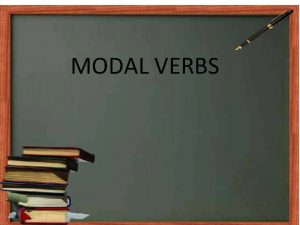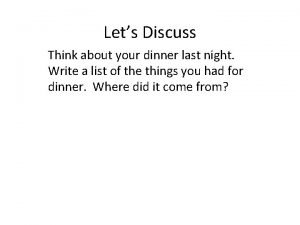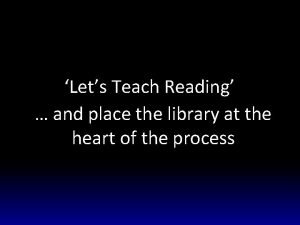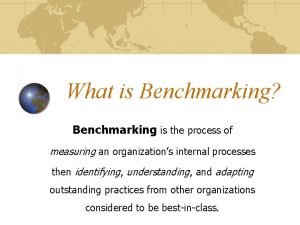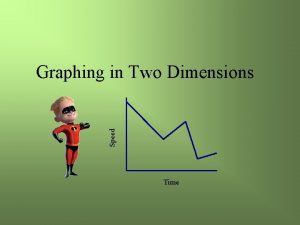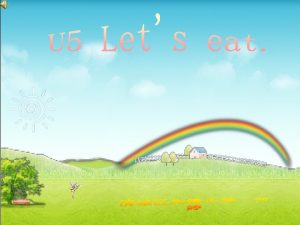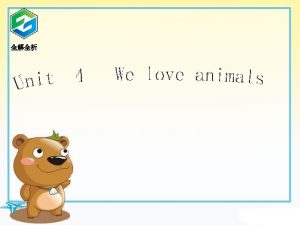Is Radiation dangerous Lets clear up what radiation









- Slides: 9

Is Radiation dangerous? Let’s clear up what radiation is…. watch this http: //www. youtube. com/watch? v=u. J 3 ea 9 fa 6 CA

Should we be concerned with radiation? • We are exposed to radiation everyday. • How much? ? ? • Average annual radiation dose is 360 millirems person. • 300 millirems come from natural sources. • This amount of radiation is harmless. • Where does the radiation come from? ? ?

Living on the Earth: 200 mrems We are living in a sea of radon made from the natural decay of uranium and thorium in the soil, left over from the creation of the solar system. Radon diffuses out of soil and into the air. It contributes more than half of our background exposure.

Radon in homes Watch this http: //www. youtube. com/watch? v=0 QHJu. Vcdr. HU

Medical Uses • Radioactive tracers • Used inside the body to study processes, organs and diagnose diseases. • Cancer treatment • High energy radiation is used to kill the “bad” dividing cells. • Xrays • High energy radiation penetrates through body to view bones.

Hazards of Radiation • Nausea, vomiting, infection, bleeding • Damage to tissues, cells, and DNA • Causes diseases such as cancer • Birth defects to following generations • Death

Nuclear Power plants • Nuclear Energy Powers 1 in 5 Homes in the U. S. • Uses CONTROLLED FISSION reactions to produce heat • Not enough fissionable material is present to allow a runaway chain reaction. • Uranium—in the form of pellets—is the fuel that heats water to create the steam.

Nuclear Power Plant - Turbine and Generator Water boils produces steam spins turbine blades drives shaft of generator creates electricity Watch this http: //www. youtube. com/watch? v=p 5 ZB 6 SK 88 Hc

ADVANTAGES • 1 gram U-235 = 3. 5 tons of metric coal • No CO 2 produced DISADVANTAGES • Radioactive waste • U breaks up and results in smaller radioactive atoms with long half-lives • Fear of nuclear accidents Watch this http: //www. youtube. com/watch? v=Bs. Uxhq. Zanl 8
